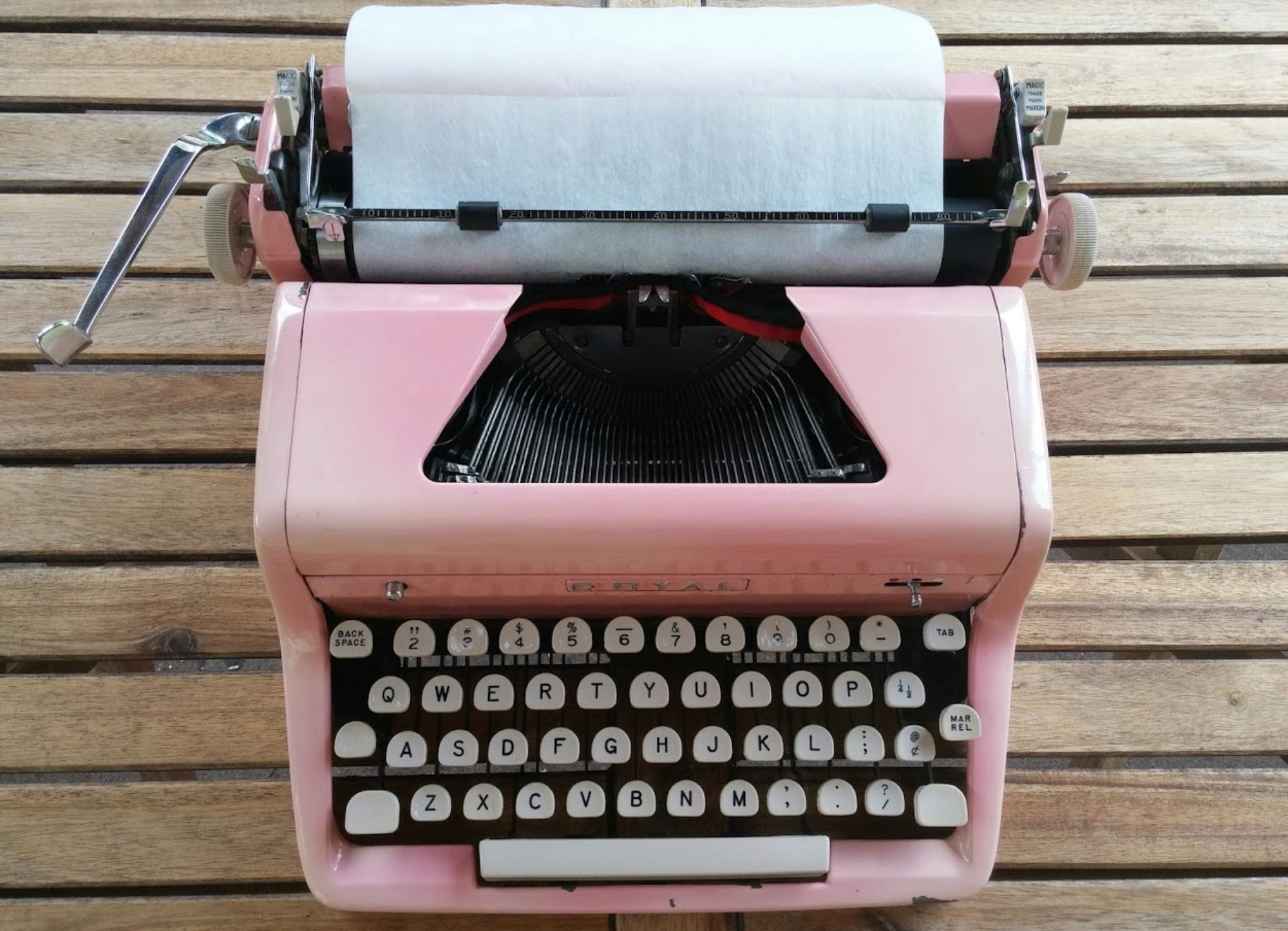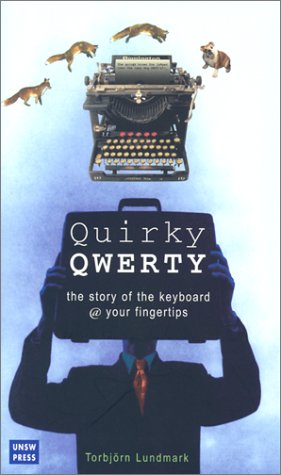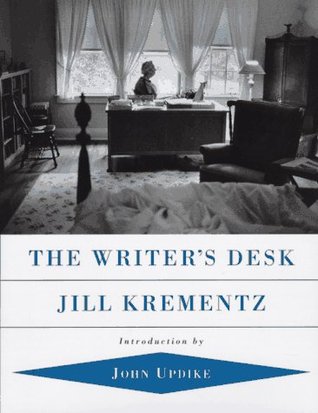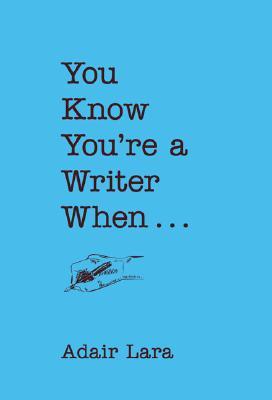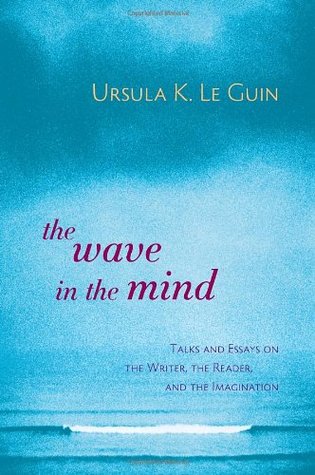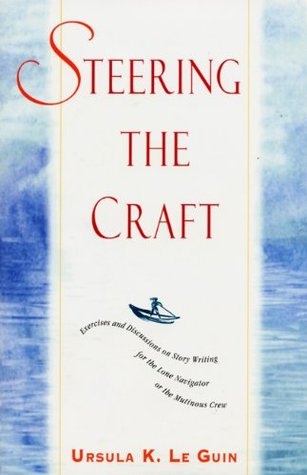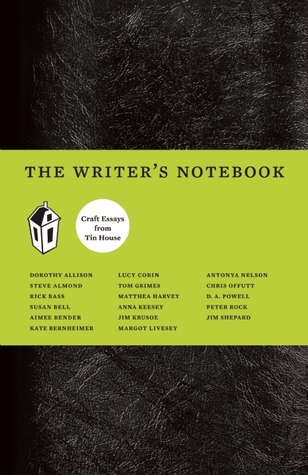Re-visiting Le Guin’s Steering the Craft inspired me to re-read some of her essays in The Wave in the Mind: Talks and Essays on the Writer, the Reader, and the Imagination .
The
collection, as the subtitle suggests, draws together a wide variety of essays;
I enjoy them thoroughly whether they consider islands, high heels or libraries
or whether they consider the rhythm of Tolkien’s prose, the disparity between
the number of Nobel Prizes offered to male recipients and female recipients, or
the calculated adoption of a pseudonym. Even if you think you wouldn’t enjoy an
essay collection, but if you have enjoyed Le Guin’s fiction, this collection is
well worth the time. But here I will focus on the essays therein which have
been filed under Writing.
Because
many of these essays have been published and/or presented elsewhere and because
I’ve made the mistake myself of purchasing other collections of hers only to
discover overlap in their contents, I’ll list the contents of this segment of
the book; this list will help you determine, if you’re a Le Guin fan, just how
quickly you need to find yourself a copy of this collection. It contains:
“A Matter of Trust”,
“The Writer and the Character”,
“Unquestioned Assumptions”,
“Prides: An Essay on Writing Workshops”,
“The Question I Get Asked Most Often”,
“Old Body Not Writing”, and
“The Writer on, and at, Her Work”.
Here
are some snippets from “A Matter of Trust” which is based on the
following premise: “In order to write a story, you have to trust yourself,
you have to trust the story, and you have to trust the reader.”
On
the former, she advises that “the only way you can come to trust yourself
as a writer is to write”. But then she adds a thought to this, in a
footnote: “And, of course, by reading stories. Reading — reading stories
other writers wrote, reading voraciously but judgmentally, reading the best
there is and learning from it how well, and how differently, stories can be
told — this is so essential to being a writer that I tend to forget to mention
it; so here it is in a footnote.”
[Honestly, if someone writing about writing doesn’t hold this opinion, I find it hard to take their advice seriously. When a writer says s/he doesn’t read? I immediately want to go and grab a book – and not one of theirs – and start reading.]
On
trusting the story, Le Guin observes that a writer’s idea of a story is always
more than what’s finally written, but “it may also do more than you knew
you were doing, say more than you realised you were saying. That’s the best
reason of all to trust it, to let it find itself.”
And,
on trusting the reader, she discusses the relationship between reader and
writer and she states: “Fiction is not only illusion, but collusion.”
In
conclusion, she offers one of my favourite snippets from this collection:
“The
whole thing, writing a story, is a high-wire act — there you are out in midair
walking on a spiderweb line of words, and down in the darkness people are
watching. What can you trust but your sense of balance?”
Good stuff for writers.
Ursula K. Le Guin The Wave in the Mind: Talks and Essays on the Writer, the Reader, and the Imagination (Shambhala, 2004)
